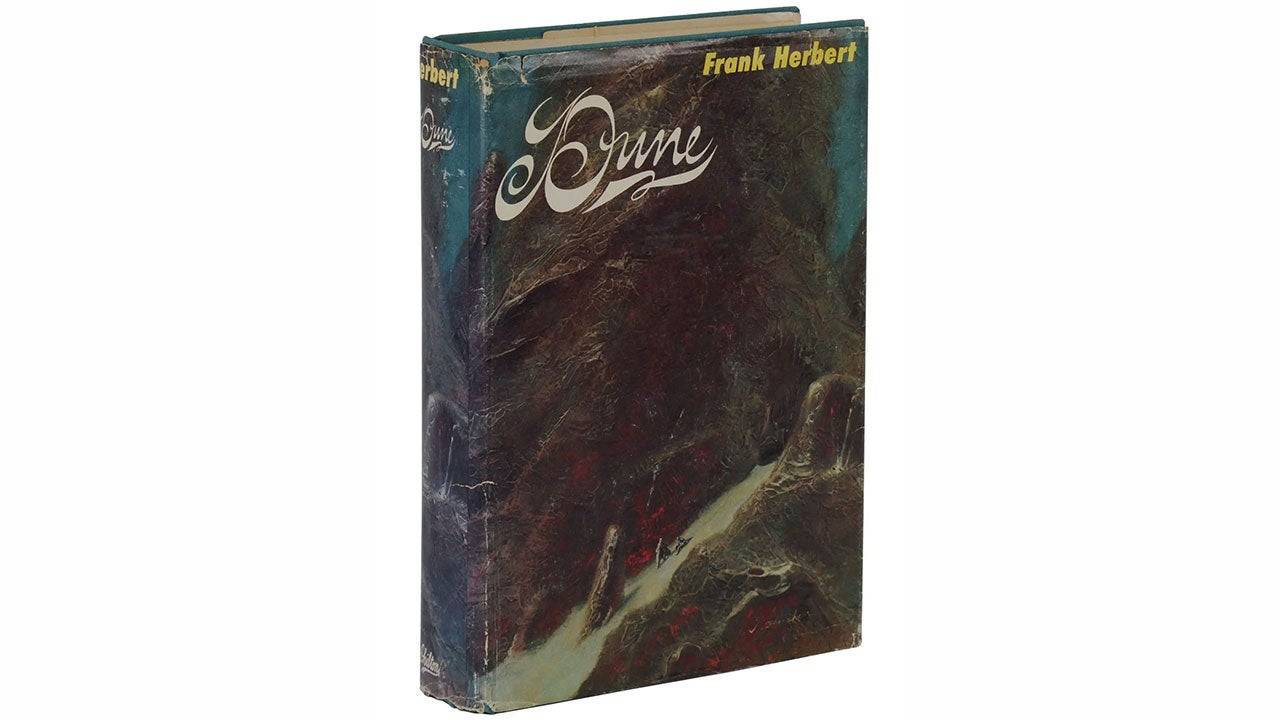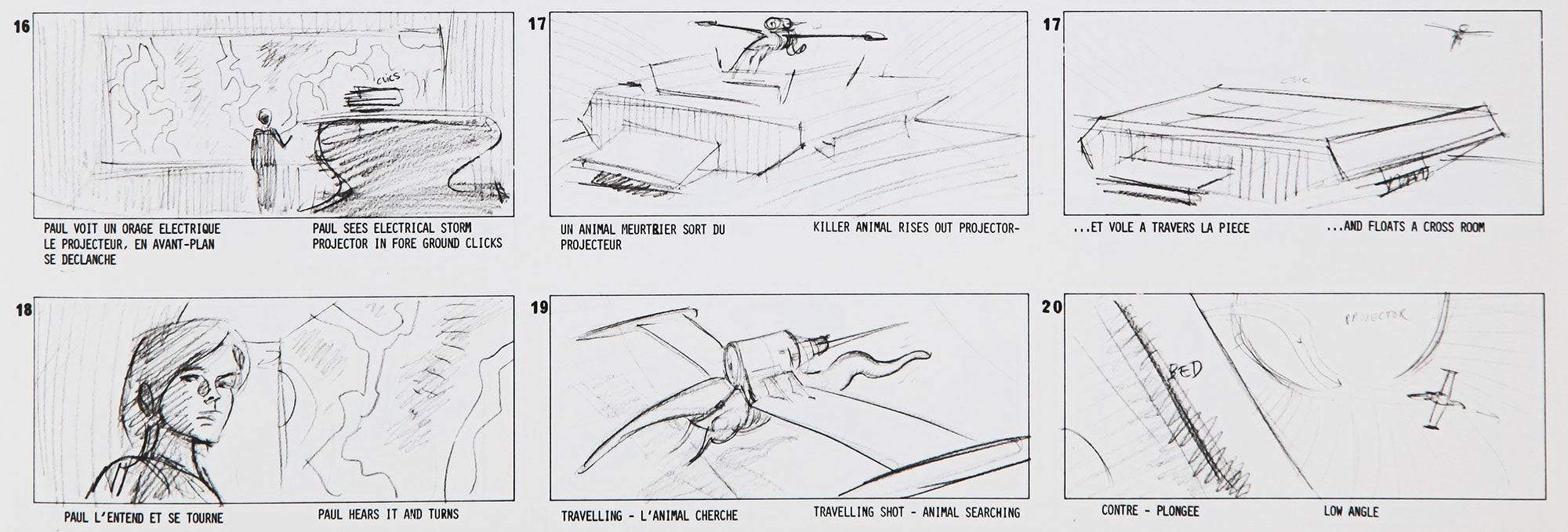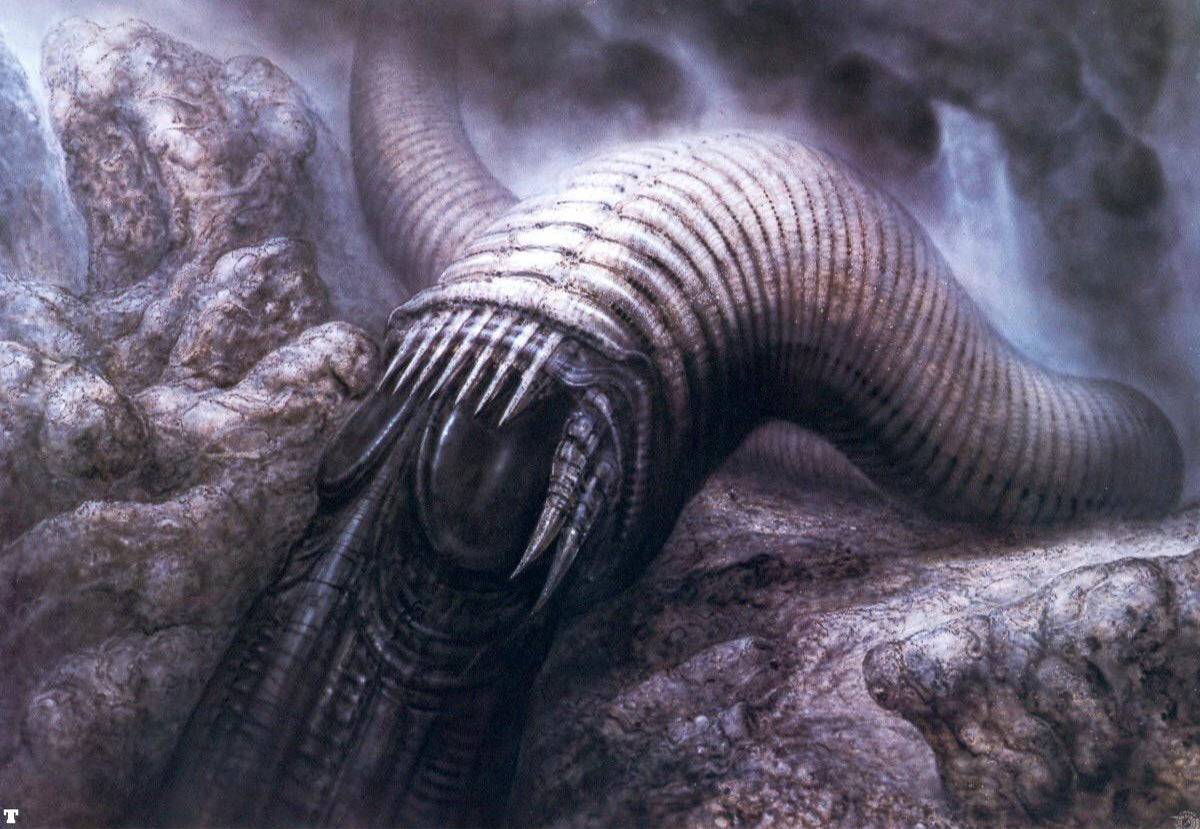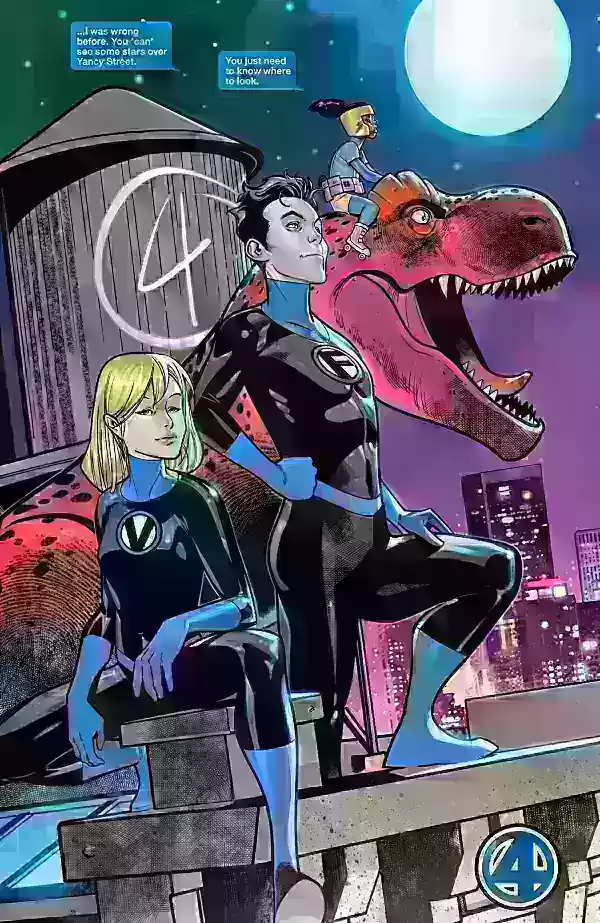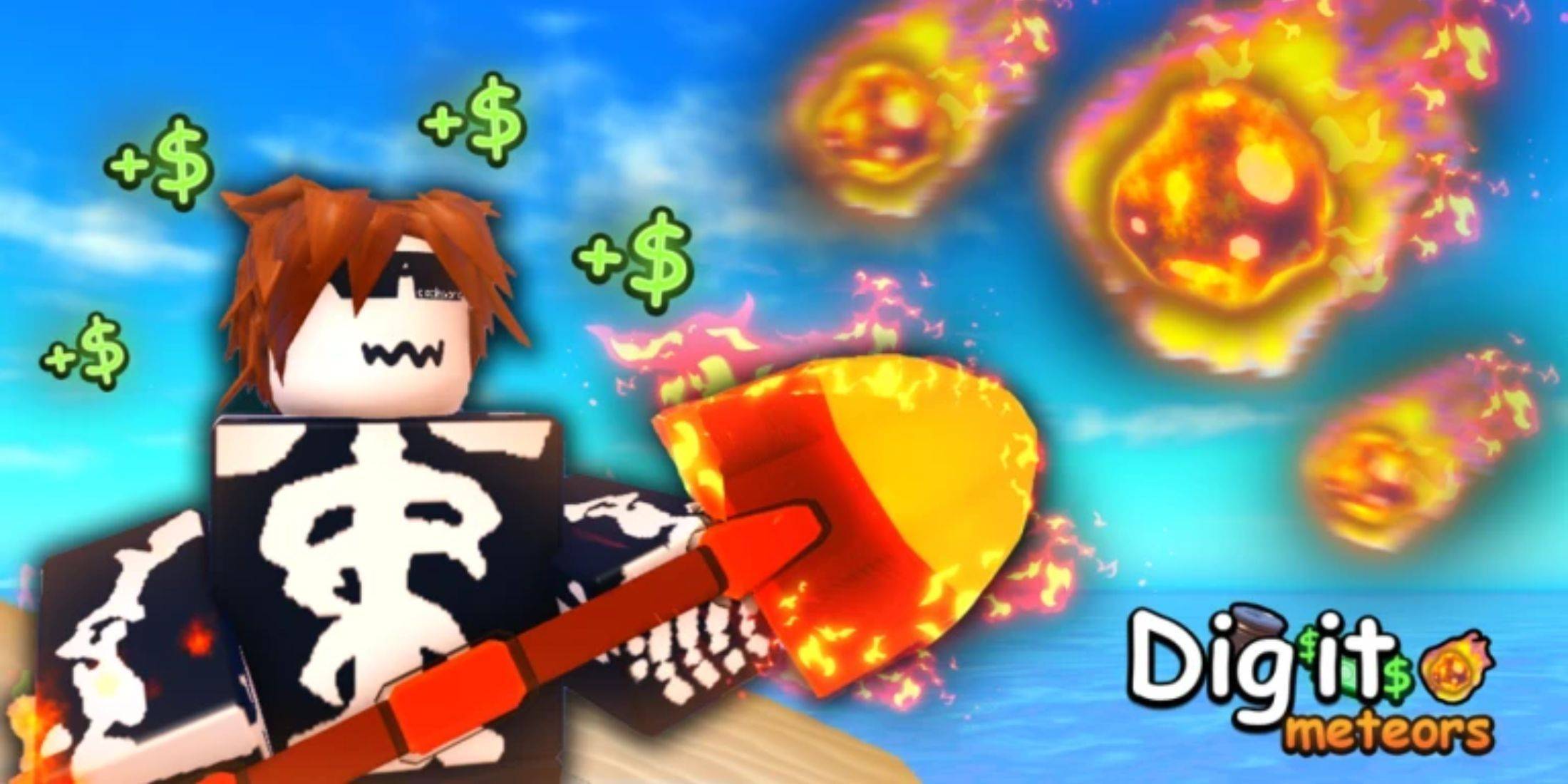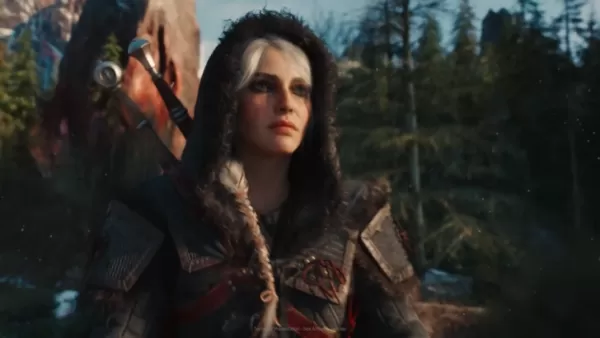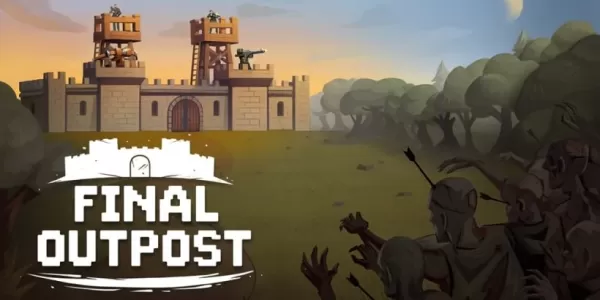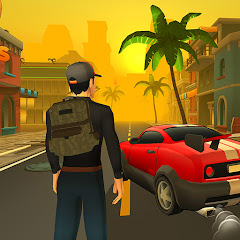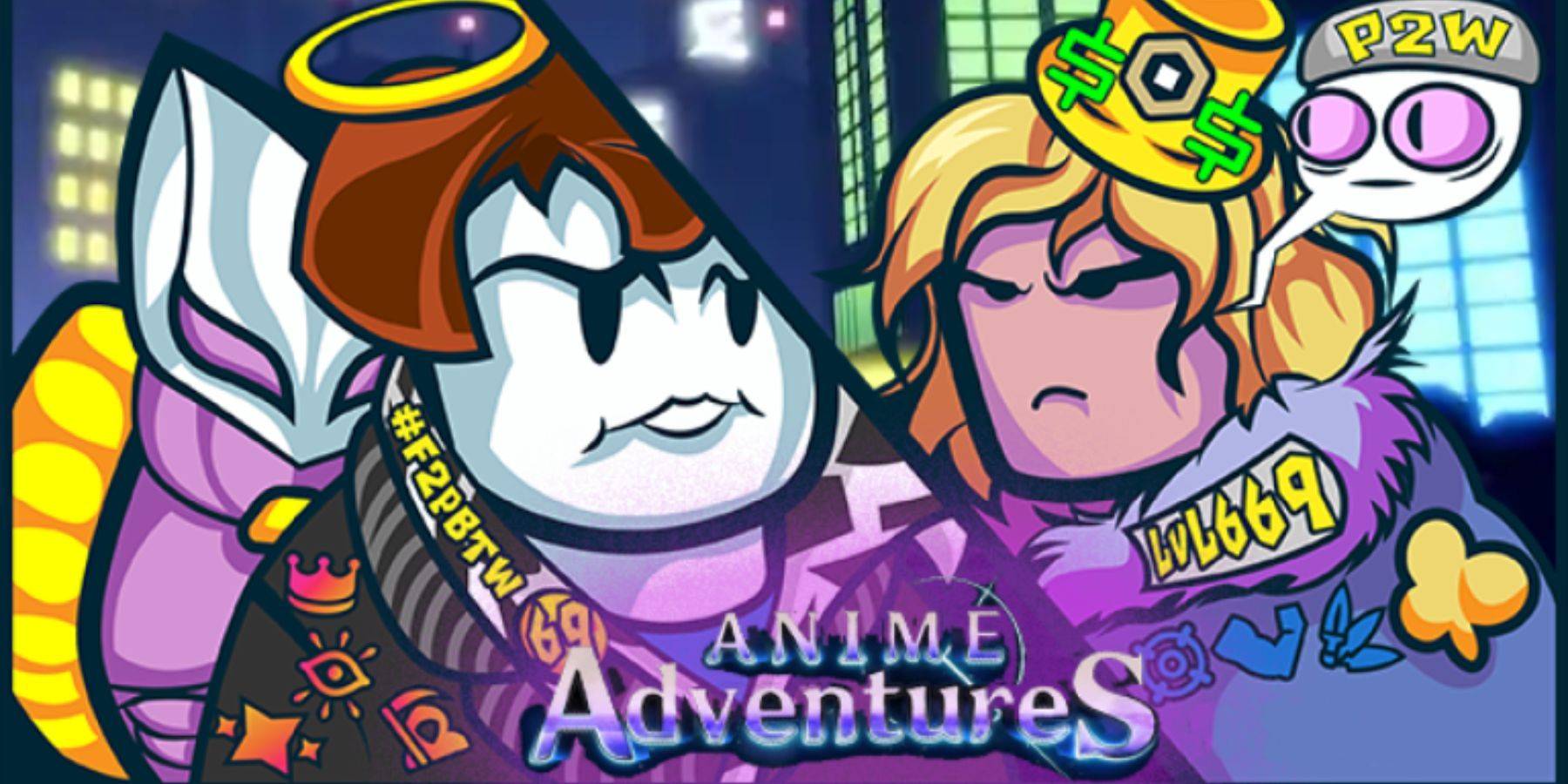Ridley Scott’s Lost Dune Script Found: 'I Don't Think It Would’ve Made Fans Happy'
Ridley Scott's Lost Dune: Unveiling a 40-Year-Old Secret
This week marks four decades since David Lynch's Dune premiered. Initially a box office flop, it's since cultivated a devoted cult following, contrasting sharply with Denis Villeneuve's recent big-screen adaptations. David Lynch's involvement followed Ridley Scott's departure from the project in 1981. Until now, details regarding Scott's seven-to-eight-month development period remained scarce.
Thanks to T.D. Nguyen, a 133-page October 1980 draft of Scott's abandoned Dune script, penned by Rudy Wurlitzer, surfaced from the Coleman Luck archives at Wheaton College.
Frank Herbert's initial two-part screenplay, while faithful, proved cinematically unwieldy. Scott, after Harlan Ellison declined, engaged Wurlitzer for a complete rewrite. This version, like Herbert's and Villeneuve's, was conceived as the first installment of a two-part epic.
Wurlitzer described the adaptation process to Prevue Magazine in 1984 as exceptionally challenging, requiring extensive outlining before the final script materialized. He felt they captured the book's essence while refining its sensibility. Scott himself later confirmed to Total Film in 2021 that the resulting script was "pretty fucking good."
Various factors contributed to the project's collapse, including the death of Scott's brother, his reluctance to film in Mexico (as De Laurentiis insisted), escalating budget concerns exceeding $50 million, and the perceived viability of Filmways' Blade Runner project. However, Universal executive Thom Mount, as cited in A Masterpiece in Disarray – David Lynch's Dune, highlighted a key reason: Wurlitzer's script lacked universal acclaim.
Was Wurlitzer's adaptation a cinematic failure, or simply too dark, violent, and politically charged for mainstream success? A detailed analysis of the script allows for independent judgment. While Rudy Wurlitzer and Ridley Scott were contacted for this article, they declined to participate.
A Different Paul Atreides
Scott's vision, as evidenced in the October 1980 draft, opens with a dream sequence depicting apocalyptic armies traversing the universe, foreshadowing Paul's destiny. The script's visual descriptions, characteristic of Scott's style, possess a cinematic intensity. This Paul Atreides, unlike Timothée Chalamet's portrayal, is a seven-year-old with long blonde hair, undergoing trials with the Reverend Mother. The Litany Against Fear is interwoven with Jessica's own recitation, highlighting their psychic link. While Lynch's version featured imagery of a burning hand, Scott's version emphasizes the psychic nature of the ordeal.
This Paul exhibits a "savage innocence," displaying assertiveness and quickly surpassing Duncan Idaho in swordsmanship, a stark contrast to Lynch's more vulnerable depiction. Stephen Scarlata, producer of Jodorowsky's Dune, notes this difference, expressing a preference for Lynch's portrayal, highlighting the tension created by Paul's initial vulnerability. The script depicts a 21-year-old Paul as a master swordsman, handsome, charismatic, and regal. Duncan, replacing Gurney, displays a humorous demeanor reminiscent of Jason Momoa's portrayal.
The Emperor's Demise and Beyond
The script introduces a pivotal twist: the Emperor's death, which serves as the catalyst for the narrative. This differs significantly from the novel. The Emperor's death is revealed dramatically, triggering events that lead to the Atreides' downfall. The Baron Harkonnen's proposal to share Arrakis' spice production is rejected by Duke Leto, leading to conflict. A key line, strikingly similar to a famous line from Lynch's Dune, appears: "Who controls Dune controls the Spice, and who controls the Spice controls the Universe."
The Guild Navigator is depicted as an elongated, humanoid figure, floating in a transparent container – a striking visual element absent from the book until Dune Messiah. The Navigator's method of plotting the Heighliner's course through musical intonations to "Engineers" hints at Scott's later work on Prometheus.
The Atreides' arrival on Arrakis showcases a medieval aesthetic, emphasizing swords, feudal customs, and loyalty. The ecological impact of spice harvesting is highlighted through dissected native creatures, underscoring the environmental consequences. The script also depicts the squalid urban environment of Arakeen, emphasizing class disparity and echoing the visual style of Gillo Pontecorvo's The Battle of Algiers.
A new action sequence features Paul and Duncan engaging in a bar fight, showcasing Paul's early prowess. This scene, however, is criticized for undermining Paul's character development. The encounter with Stilgar and the subsequent decapitation of a Harkonnen agent further emphasize the script's violent tone. The script also includes a scene where Jessica levitates, foreshadowing her Bene Gesserit abilities. The intimate scene between Jessica and the Duke explicitly details their intention to conceive a child.
The Hunter-Seeker, a bat-like creature with a cobra's head, replaces the mechanical device from the book and other adaptations. This biological twist draws parallels to Jodorowsky's unmade Dune, where the Hunter-Seeker was a flying creature with a bomb.
The escape from Arrakeen is depicted with graphic violence, showcasing the Harkonnens' brutality and the Atreides' struggle for survival. Duncan's death is particularly brutal, as he is stabbed by Yueh before cutting him in half. Yueh's motivations are purely self-serving, seeking the antidote to the poison administered by the Baron. Jessica administers the poison to the dying Duke.
Paul and Jessica's desert journey is intense, featuring a perilous crash landing and a close encounter with a sandworm. The script notably omits the incestuous relationship between Paul and Jessica, a significant departure from previous adaptations and a point of contention with Herbert and De Laurentiis. However, a scene remains where Paul and Jessica lie together, sliding down a sand dune.
The encounter with the Fremen, the duel with Jamis, and the subsequent acceptance into the tribe are depicted with brutal realism. Chani's acceptance of Paul as her new mate, following Jamis' death, is presented with a certain starkness. The script culminates in a Water of Life ceremony, featuring a Shaman with three breasts and a man's genitals, accompanied by a sandworm. Jessica becomes the new Reverend Mother, and Paul's leadership is established. The script ends with a call to a giant sandworm, hinting at a future sandworm ride, a key element highlighted by Herbert himself.
Concluding Thoughts
Scott's Dune script, while drastically different from the source material, offers a unique perspective. Paul is portrayed not as a reluctant hero, but as an assertive leader, accepting his destiny. The script emphasizes the ecological, political, and spiritual aspects of the story, giving them equal weight. However, its dark and violent tone, along with significant deviations from the novel, likely contributed to its rejection. The script's focus on ecological devastation and societal exploitation reflects real-world concerns, potentially exceeding the expectations of audiences in 1980. The script's strengths lie in its visual storytelling and the development of key relationships, which were lacking in previous adaptations. The script also offers a unique take on the Emperor's role, highlighting the chaos resulting from his death.
The legacy of this lost Dune adaptation includes H.R. Giger's sandworm design and the involvement of Vittorio Storaro as the intended cinematographer. While never realized, this version of Dune offers a fascinating glimpse into what could have been, a unique interpretation of Herbert's epic that prioritizes ecological concerns and political intrigue. The script's themes of environmental decay, fascism, and the awakening of the masses remain remarkably relevant today. Perhaps, in the future, another filmmaker will revisit this lost vision and bring Scott's Dune to the screen.
